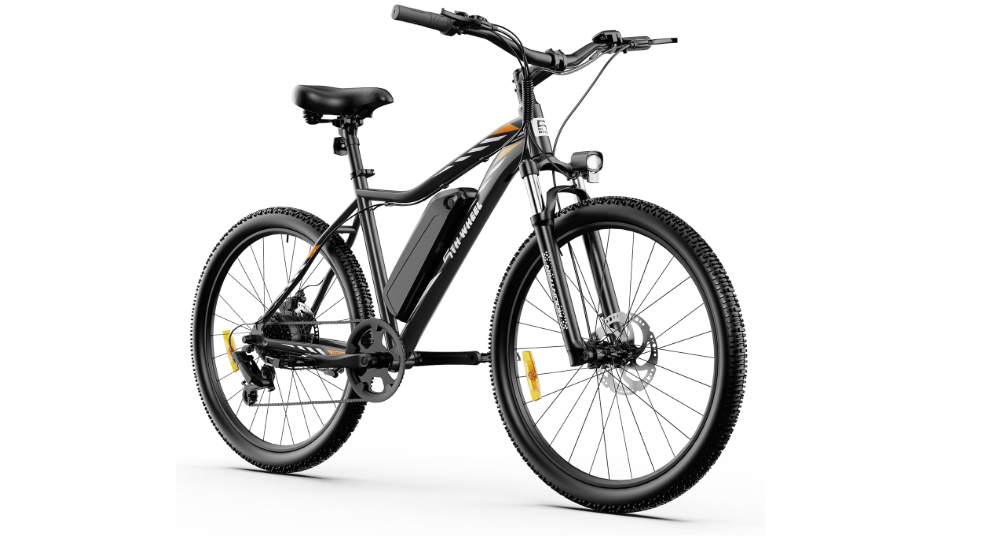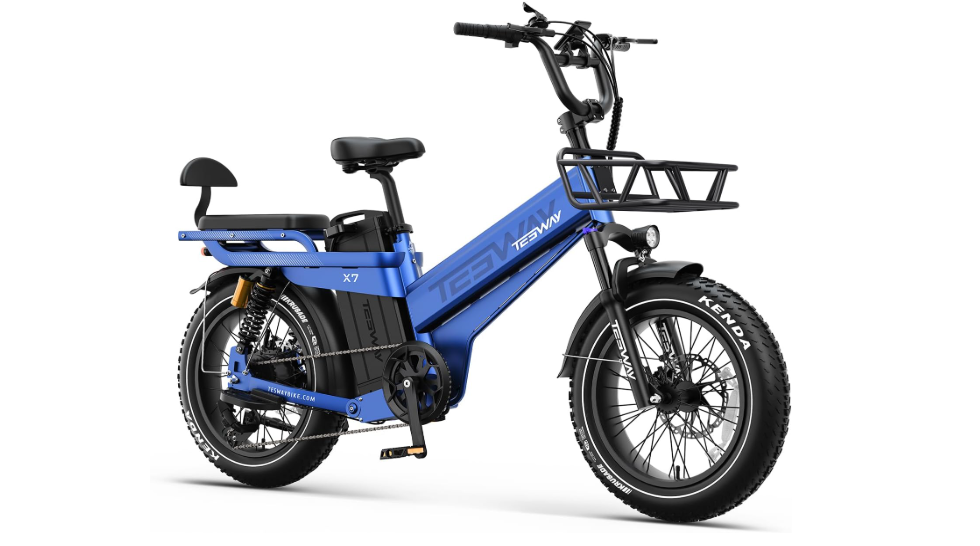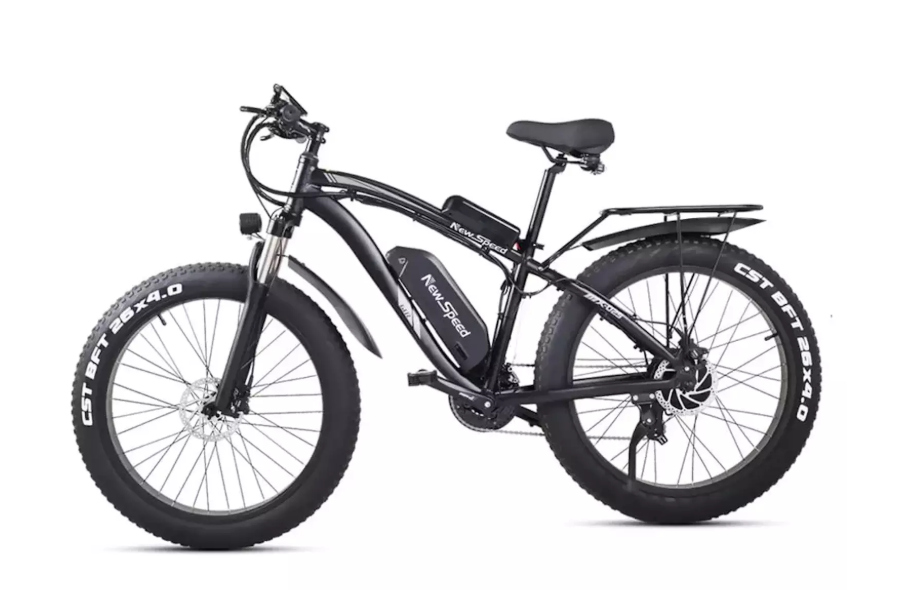The rise of electric bicycles, commonly known as e-cycles or e-bikes, has transformed urban mobility.
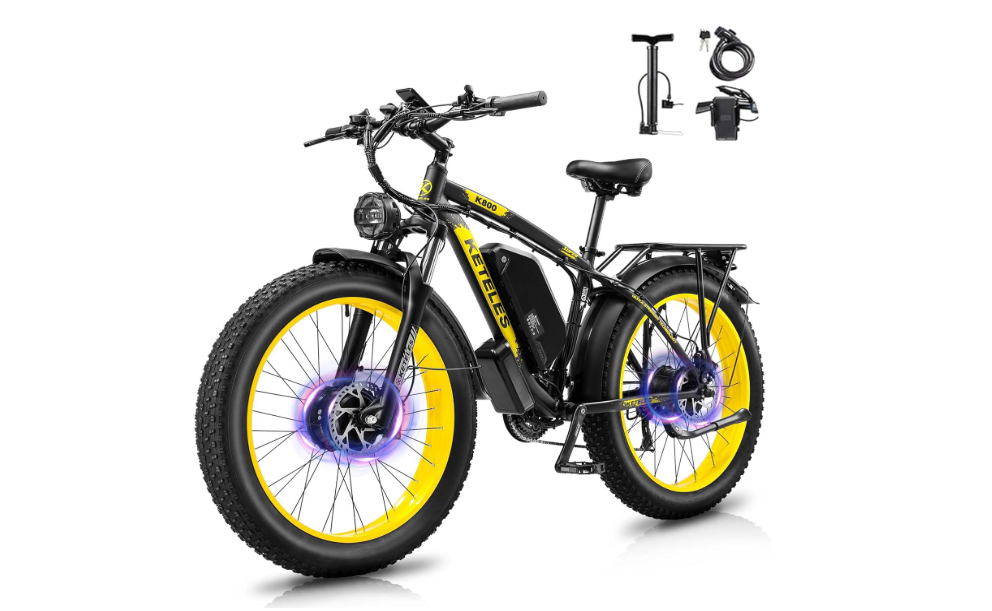
From eco-conscious commuters to fitness enthusiasts, e-cycles offer convenience, cost-efficiency, and a green alternative to traditional petrol-powered vehicles.
But as their popularity grows, so does the need to consider safety and financial protection. Enter e-cycle insurance a product that promises to safeguard your investment, but also raises an important question: do you really need it Check Now ?
In this detailed guide, we will explore everything you need to know about e-cycle insurance, including coverage options, cost factors, legal requirements, and practical tips to help you decide whether insuring your e-cycle is a smart move or an unnecessary expense.
Understanding E-Cycles and Their Rising Popularity
Get Now Electric bicycles combine the functionality of a traditional bicycle with the power of an electric motor, enabling riders to travel longer distances with less effort.
In India and across the globe, the adoption of e-cycles has skyrocketed, fueled by rising fuel costs, urban congestion, and increasing awareness of environmental sustainability.
Key features of e-cycles include:
- Battery-powered assistance: Most e-cycles have rechargeable lithium-ion batteries that provide pedal assistance for up to 50–100 km on a single charge.
- Lightweight frames: Modern e-cycles are designed with aluminum or carbon frames, making them portable and easier to handle.
- Smart connectivity: Many e-bikes come with integrated GPS, mobile app compatibility, and digital displays to monitor speed, battery life, and route tracking.
Despite these advantages, e-cycles are expensive compared to traditional bicycles, often costing anywhere from ₹40,000 to over ₹1,50,000 that you can Buy Now.
Given the investment, protecting your e-cycle from theft, damage, or accidents becomes a logical consideration.
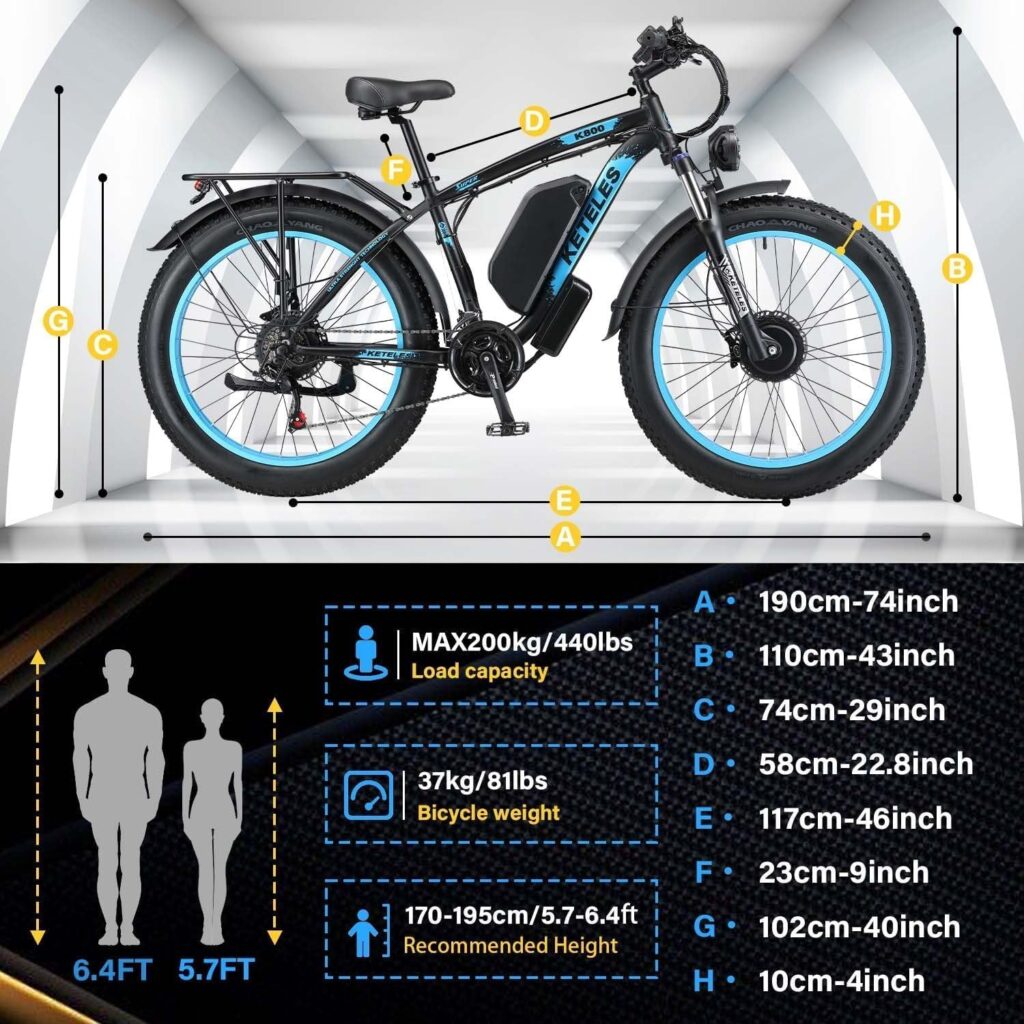
What Is E-Cycle Insurance?
E-cycle insurance is a type of vehicle insurance designed specifically for electric bicycles.
Unlike standard bicycle insurance, which may cover basic theft or personal accidents, e-cycle insurance offers coverage tailored to the unique risks associated with e-bikes, such as battery damage, motor failure, and accidental collision.
While the insurance market for e-cycles is still evolving in India, several leading insurers now provide policies with various coverage options:
- Theft Protection: Covers the cost of replacing the e-cycle if stolen.
- Accidental Damage: Pays for repair or replacement of the e-cycle due to accidents, including collisions, falls, or natural disasters.
- Third-Party Liability: Protects you financially if your e-cycle causes injury or property damage to others.
- Battery & Motor Protection: Covers repair or replacement of critical components, which are often expensive to fix.
- Personal Accident Cover: Provides compensation in case of injury to the rider during e-cycle use.
These features make e-cycle insurance a comprehensive safety net, especially for riders who rely on their bikes daily or have invested in high-end models.
Legal Requirements for E-Cycle Insurance
One of the most common questions among e-cycle owners is whether insurance is legally mandatory. In India, the requirement for insurance depends on the motor capacity and speed of the e-cycle:
- Pedal-Assisted E-Bikes: E-cycles with motors up to 250 watts and speeds below 25 km/h are considered bicycles. In most states, insurance is not legally required, though it is recommended.
- High-Powered E-Bikes: E-cycles with motors exceeding 250 watts or speeds above 25 km/h may be classified as electric two-wheelers. In these cases, third-party liability insurance is mandatory under the Motor Vehicles Act, 1988.
Even if your e-cycle does not fall under the legal insurance mandate, opting for a policy can save you from significant financial losses in the event of theft or accidents.
Benefits of E-Cycle Insurance
Insuring your e-cycle comes with multiple advantages, both practical and financial:
1. Financial Protection Against Theft
Theft is one of the most common risks associated with e-cycles, particularly in urban areas. According to industry reports, e-bike thefts have increased in proportion to their rising popularity. Insurance policies typically cover up to 80–100% of the replacement cost, depending on the terms and conditions.
2. Coverage for Accidental Damage
Whether it’s a minor fall, a collision with another vehicle, or damage caused by potholes, accidental damage can be costly to repair. Insurance ensures that you don’t have to bear the full financial burden.
3. Battery and Motor Security
E-bike batteries and motors are among the most expensive components. Replacement costs can reach ₹15,000–₹50,000, depending on the model. Many insurance plans offer dedicated coverage for these parts, providing peace of mind to owners.
4. Third-Party Liability Protection
Even if you are a cautious rider, accidents can happen. Third-party liability coverage protects you from legal expenses and compensation claims if your e-cycle causes injury or property damage to someone else.
5. Emergency Assistance
Some insurers provide roadside assistance and emergency services, such as towing or on-site repairs, which can be invaluable if your e-cycle breaks down during commuting.
Factors Affecting E-Cycle Insurance Premiums
The cost of e-cycle insurance depends on several factors. Understanding these can help you choose a policy that balances coverage and affordability:
- E-Cycle Value: Higher-end models attract higher premiums because the potential payout in case of theft or damage is higher.
- Motor and Battery Specifications: Policies covering motor and battery components may increase the premium slightly.
- Rider Age and Experience: Some insurers may consider the age and riding experience of the policyholder when determining rates.
- Coverage Type: Comprehensive plans covering theft, accident, and component damage cost more than basic third-party liability plans.
- Geographic Location: Cities with higher theft rates or accident frequencies may have higher insurance premiums.
On average, annual premiums for e-cycle insurance range from ₹1,500 to ₹5,000, depending on coverage and bike value. Compared to the potential cost of replacing a stolen or damaged e-cycle, the premium is relatively modest.
Common Misconceptions About E-Cycle Insurance
Despite its advantages, many riders remain skeptical about insuring their e-cycles due to common misconceptions:
- “It’s Expensive” – While some believe insurance is an unnecessary cost, paying a few thousand rupees annually can save tens of thousands in replacement or repair expenses.
- “I’m Careful, I Won’t Need It” – Accidents and thefts can happen to even the most cautious riders. Insurance acts as a safety net.
- “E-Cycles Are Low-Risk” – High-value e-cycles and urban commuting expose riders to theft and collision risks, making insurance practical.
- “Insurance Claims Are Complicated” – Many insurers now offer streamlined online claim processes, making it easier to receive compensation quickly.
By addressing these myths, riders can make informed decisions about whether insurance is suitable for their circumstances.
Choosing the Right E-Cycle Insurance
Selecting the ideal policy requires evaluating your needs, budget, and risk exposure. Here are key considerations:
1. Assess Your Bike’s Value
Insurance should cover the full replacement cost of your e-cycle. For high-end e-bikes with advanced batteries and motors, comprehensive coverage is recommended.
2. Consider Your Riding Patterns
Frequent riders who use their e-cycles for commuting, delivery services, or long trips may benefit from broader coverage, including accidental damage and battery protection.
3. Compare Insurers
Not all insurance providers offer the same benefits. Compare premiums, claim processes, and customer reviews to identify a reliable insurer.
4. Check Policy Exclusions
Some policies may exclude certain risks, such as water damage, wear and tear, or theft from unsecured areas. Reading the fine print is essential.
5. Look for Add-Ons
Optional add-ons, like roadside assistance, theft tracking devices, or extended component coverage, can enhance protection but may increase premiums.
Practical Tips for Reducing Risk and Premiums
While insurance is a safety net, reducing the likelihood of theft or damage can help lower premiums and improve safety:
- Secure Parking: Always park your e-cycle in well-lit, secure areas. Use sturdy locks and anti-theft devices.
- Install GPS Trackers: Some insurers offer discounts for bikes equipped with GPS tracking systems.
- Regular Maintenance: Keep your e-cycle in good condition to prevent mechanical failures.
- Rider Training: Safe riding practices reduce accident risk, potentially lowering claims and premiums.
- Opt for Higher Deductibles: Choosing a higher deductible can reduce your premium while keeping essential coverage.
Real-World Scenarios: When Insurance Pays Off
To illustrate the value of e-cycle insurance, consider these examples:
- Urban Commuter Theft: Ravi’s ₹75,000 e-cycle was stolen from a public parking spot. His insurance policy reimbursed the full replacement cost, saving him a substantial financial loss.
- Accidental Collision: Priya, a delivery rider, collided with a pothole, damaging her e-cycle’s motor. The insurance policy covered repair costs of ₹20,000, allowing her to continue her work without interruption.
- Third-Party Liability: Arjun accidentally injured a pedestrian while riding his e-cycle. The third-party liability coverage paid for the medical expenses, protecting him from a significant financial burden.
These scenarios highlight that even seemingly low-risk incidents can have expensive consequences.
Is E-Cycle Insurance Worth It?
The decision ultimately depends on individual circumstances. Consider these factors:
- Bike Value: High-end e-cycles almost always justify insurance.
- Usage Frequency: Daily commuters or delivery riders benefit more from insurance than occasional recreational riders.
- Urban Environment: Higher theft and accident risk areas make insurance more relevant.
- Financial Risk Tolerance: If replacing your e-cycle would strain your finances, insurance offers peace of mind.
In most cases, the relatively low annual premium is outweighed by the potential cost of theft, damage, or legal liability.
Future Trends in E-Cycle Insurance
The e-cycle insurance market is evolving rapidly, with several trends shaping the future:
- Integration with Smart Devices: GPS-enabled e-bikes can be monitored in real time, allowing insurers to offer usage-based premiums.
- Customized Policies: Riders can select coverage based on motor capacity, battery type, and usage patterns.
- Digital Claims: Insurers are increasingly offering online claim filing and fast reimbursement.
- Government Incentives: With e-mobility promotion, future regulations may incentivize insurance adoption through subsidies or tax benefits.
These developments suggest that e-cycle insurance will become more accessible, affordable, and tailored to individual needs.
Conclusion
E-cycle insurance is not merely a luxury; it is a practical safeguard for one of your most valuable urban mobility investments.
While not always legally required, comprehensive insurance protects against theft, accidental damage, battery or motor failure, and third-party liabilities. With modest annual premiums, riders can avoid substantial financial losses and enjoy greater peace of mind.
If you own a high-value e-cycle, commute regularly, or live in a busy city, investing in insurance is a prudent decision. As the market evolves, choosing the right policy tailored to your needs and riding habits ensures that your e-cycle remains a reliable and secure companion on every journey.
